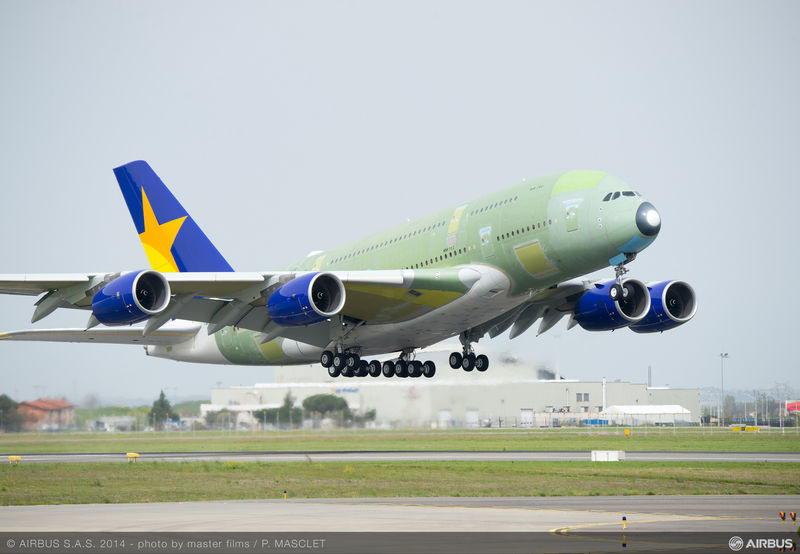The global Aerospace and Defence (A&D) industry has seen record profits of 10.1% EBIT for the top 100 companies and sales up 3%, according to the most recent annual outlook for the industry by AlixPartners, the global business advisory firm.
However, AlixPartners warns that some parts of the sector may face new headwinds from the combination of a tense commercial aircraft supply chain, potential attrition of commercial backlogs, macro-economic threats, new entrants to the space market and the challenge posed by digitalising large organisations.
The AlixPartners global A&D study reveals that US companies remain 4% more profitable than their European peers and that suppliers are also 4-5% more profitable than OEMs. Overall A&D players have outperformed the stock market by a factor of almost two in the last 10 years.
Among the trends highlighted in the report:
- Defence primes have increased their profitability to 11% EBIT margin, but revenues have declined in recent years at a rate of 2% per annum as a result of budget cuts.Global military expenditure of $1.77 trillion has slightly declined from its 2011 peak (-1.7%), although there has been a slight uptick (1.0%) in global defence budgets in 2015, which could mark an inflexion.
- Airlines have seen profitability further boosted by lower fuel costs and healthy traffic growth. Global airlines revenue is $718 billion, down 4% in value, year-on-year, despite a 7.4% increase in traffic as ticket prices declined 11%. Traffic is expected to double in the next 15 years driven by long-term GDP growth. Improved financials, even for weaker airlines in Europe and Asia, will potentially delay major consolidation.
- Aircraft OEMs are facing a global backlog of over 13,400 aircraft (mainly the A320neo and the 737 MAX).Over the next 20 years 32,500 new jet deliveries are expected with 40% of this growth coming from Asia Pacific. By 2034, its fleet will be as large as North America and Europe combined. OEMs are fully focused on ramping-up production to meet this demand, with most of the growth planned for narrow body aircraft. Airbus and Boeing intend to increase production to 60 and 57 aircraft per month, respectively. The report describes the jumbo market as “sluggish, with the A380 fighting for survival”.
- Space disruption has started, led by ‘New Space’ launcher players, and a trend towards smaller satellites and constellations.The overall market is now worth $203 billion, up 4% year-on-year with 60% of the market consisting of satellite operations and services and 29% from ground equipment. AlixPartners believes that affordable small sats and the commoditization of sensor data will fundamentally change the current space sector’s ‘big rockets / big and heavy satellites’ mindset.
- Deliveries of business jets are up from 7% from the low point of 2012, driven by demand for larger aircraft, but are still 45% below pre-crisis peaks.Overall, the market was flat in 2015, with 718 units sold and revenues of $21.8 billion. There has been a switch in segment mix with a 9% fall in larger aircraft and a 10% increase in medium aircraft compared to 2014. Over the next 10 years all markets are expected to increase with a CAGR of more than 4%.
- The global helicopter market is in freefall as a direct result of the collapse in oil prices coupled with a contraction of military spending. Deliveries of both civil and military helicopters have fallen 28% versus the 2013 record of 2,336 to 1,689 in 2015. Revenue for the top five OEMs has dropped by 13% on 2013 to $25 billion.

